Voronoi stippling, a technique based on Voronoi diagrams, finds diverse applications in various fields, including:
- Artistic Expression: Voronoi stippling is used by artists to create intricate and visually appealing artworks. It offers a unique way to generate patterns, textures, and illustrations with a handcrafted aesthetic, resembling stippled drawings or pointillism.
- Data Visualization: In data visualization, Voronoi stippling is utilized to represent spatial distributions and patterns in datasets. By mapping data points onto a Voronoi diagram and applying stippling to visualize their distribution, analysts can reveal spatial relationships and clustering within the data.
- Terrain Modeling: Voronoi stippling is employed in terrain modeling and landscape generation for video games, simulations, and virtual environments. It can simulate natural phenomena such as rock formations, terrain erosion, and geological features with realistic and visually appealing results.
- Biological Simulation: Voronoi stippling is used in biological simulations and modeling to mimic natural patterns and processes. It can simulate cell growth, tissue formation, and biological patterns with intricate and lifelike detail.
- Computer Graphics: Voronoi stippling finds applications in computer graphics for generating complex geometric patterns, textures, and meshes. It is used in architectural design, industrial design, and digital fabrication to create visually striking surfaces and structures.
- Image Processing: Voronoi stippling can be applied as an image processing technique to filter and stylize digital images. By converting images into stippled representations based on Voronoi diagrams, it can create artistic effects and visualizations with unique textures and patterns.
- Generative Art: Voronoi stippling is popular among generative artists and algorithmic art practitioners. It offers a computational approach to creating visually captivating artworks with emergent patterns and structures, driven by mathematical algorithms and rulesets.
Overall, Voronoi stippling serves as a versatile technique with applications spanning artistic expression, data visualization, computer graphics, and scientific simulation. It offers artists, designers, and researchers a creative tool for generating intricate patterns, textures, and visualizations across various domains.

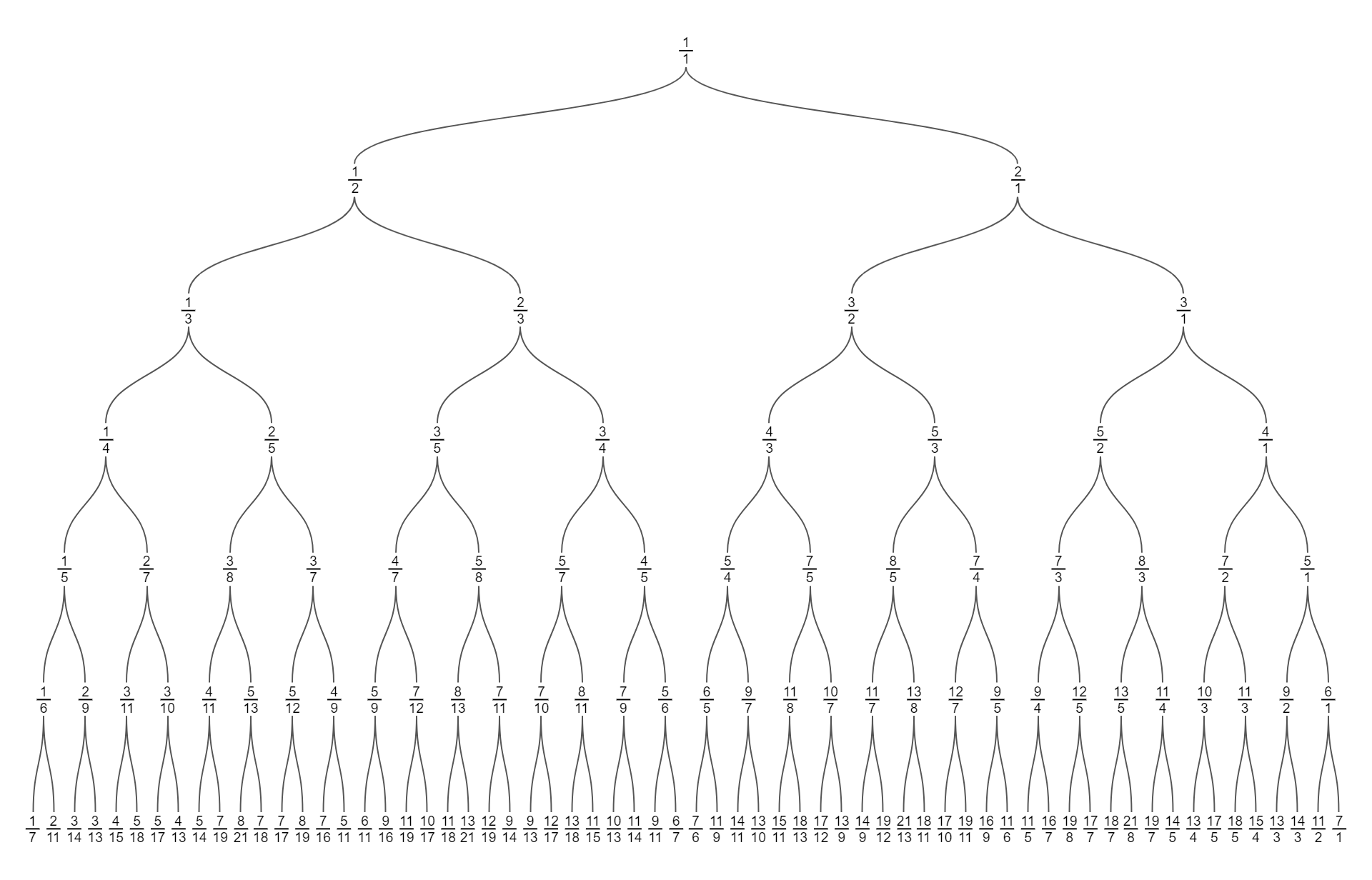
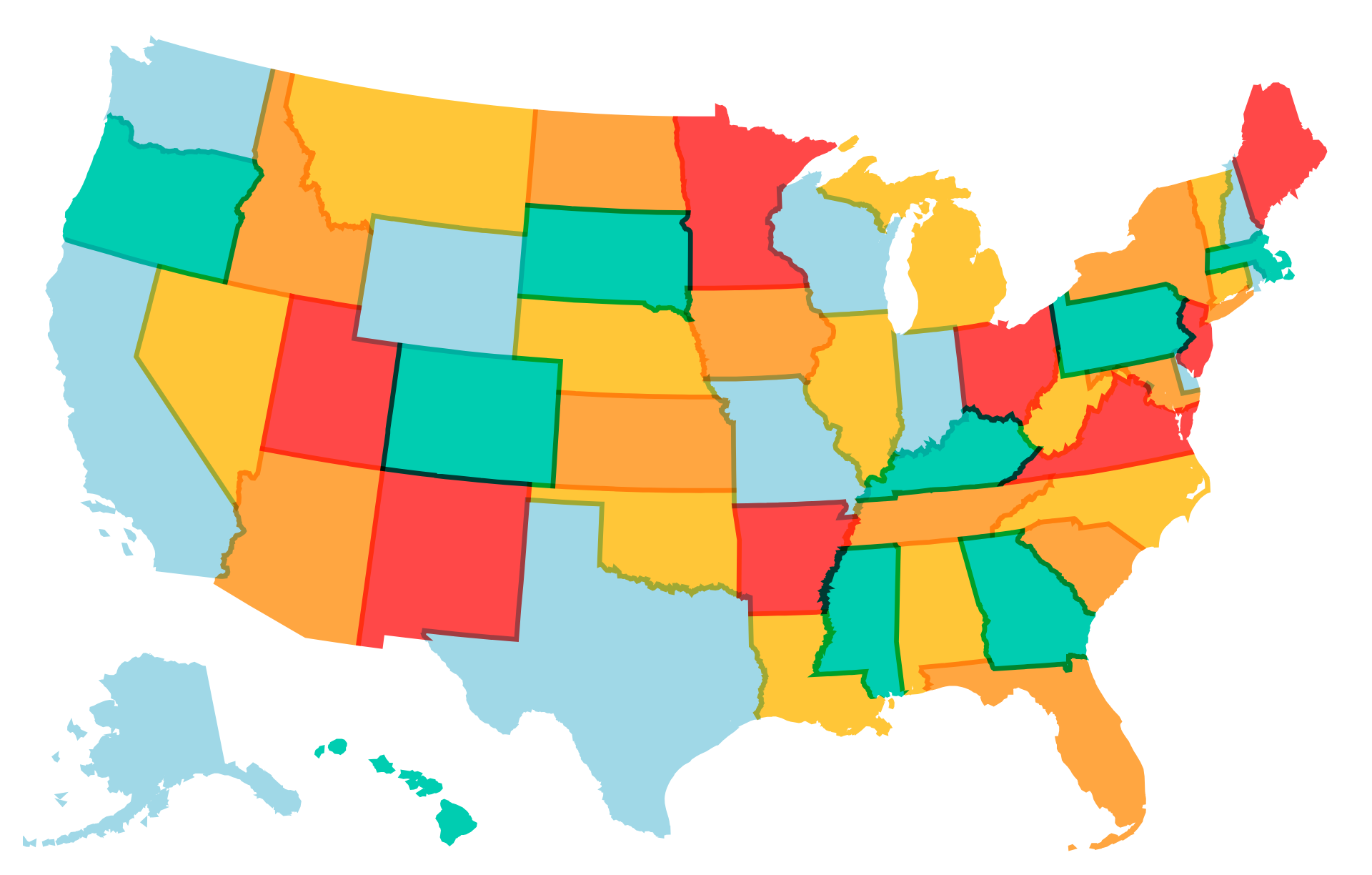

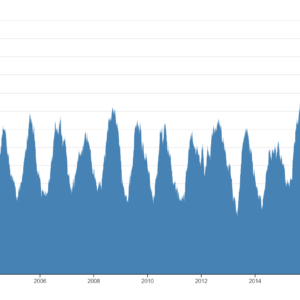
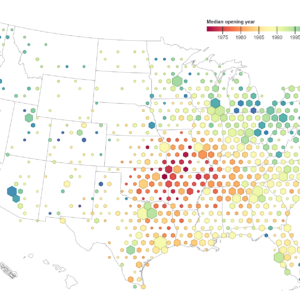
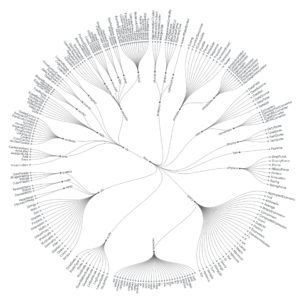
Reviews
There are no reviews yet.